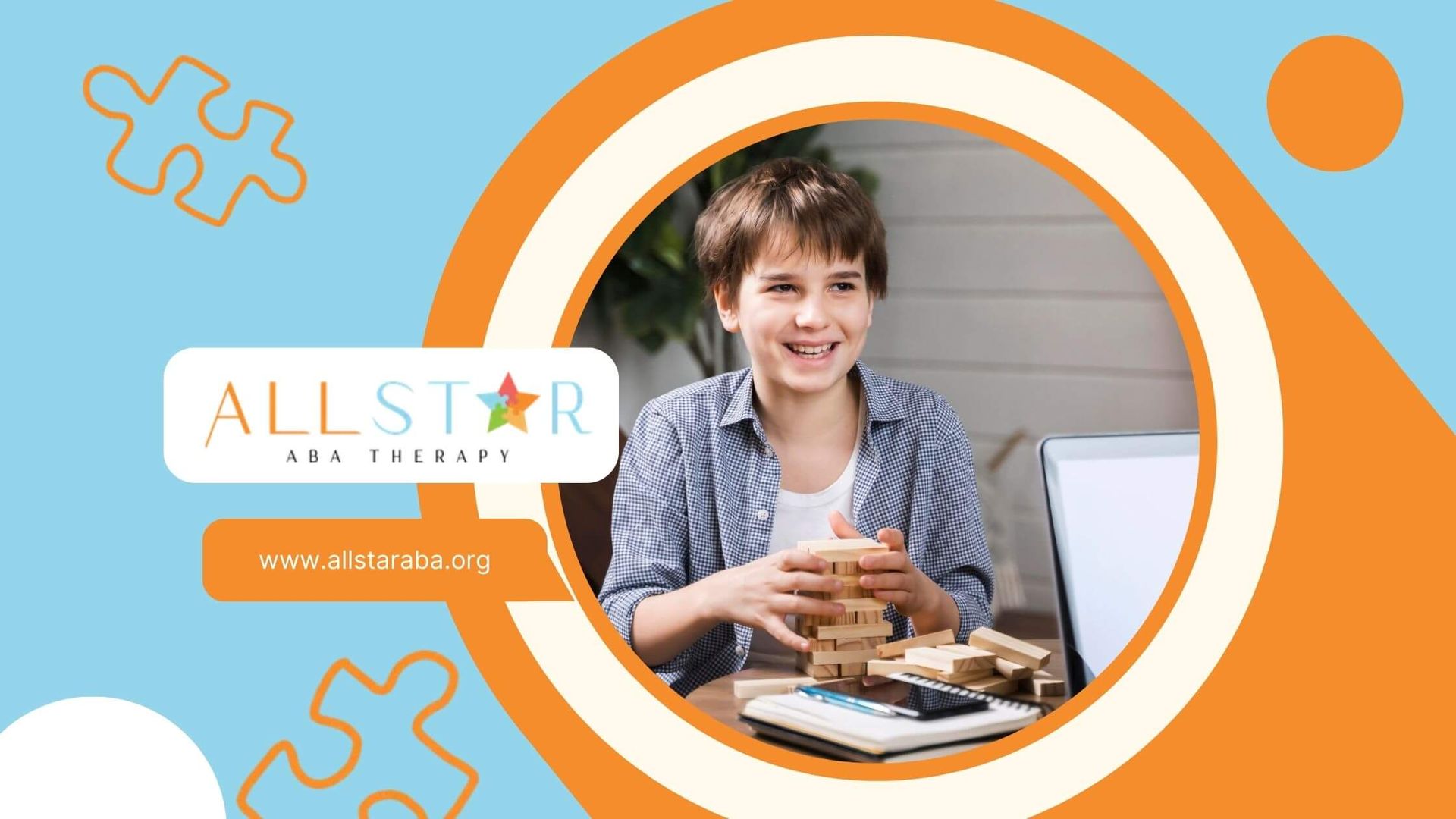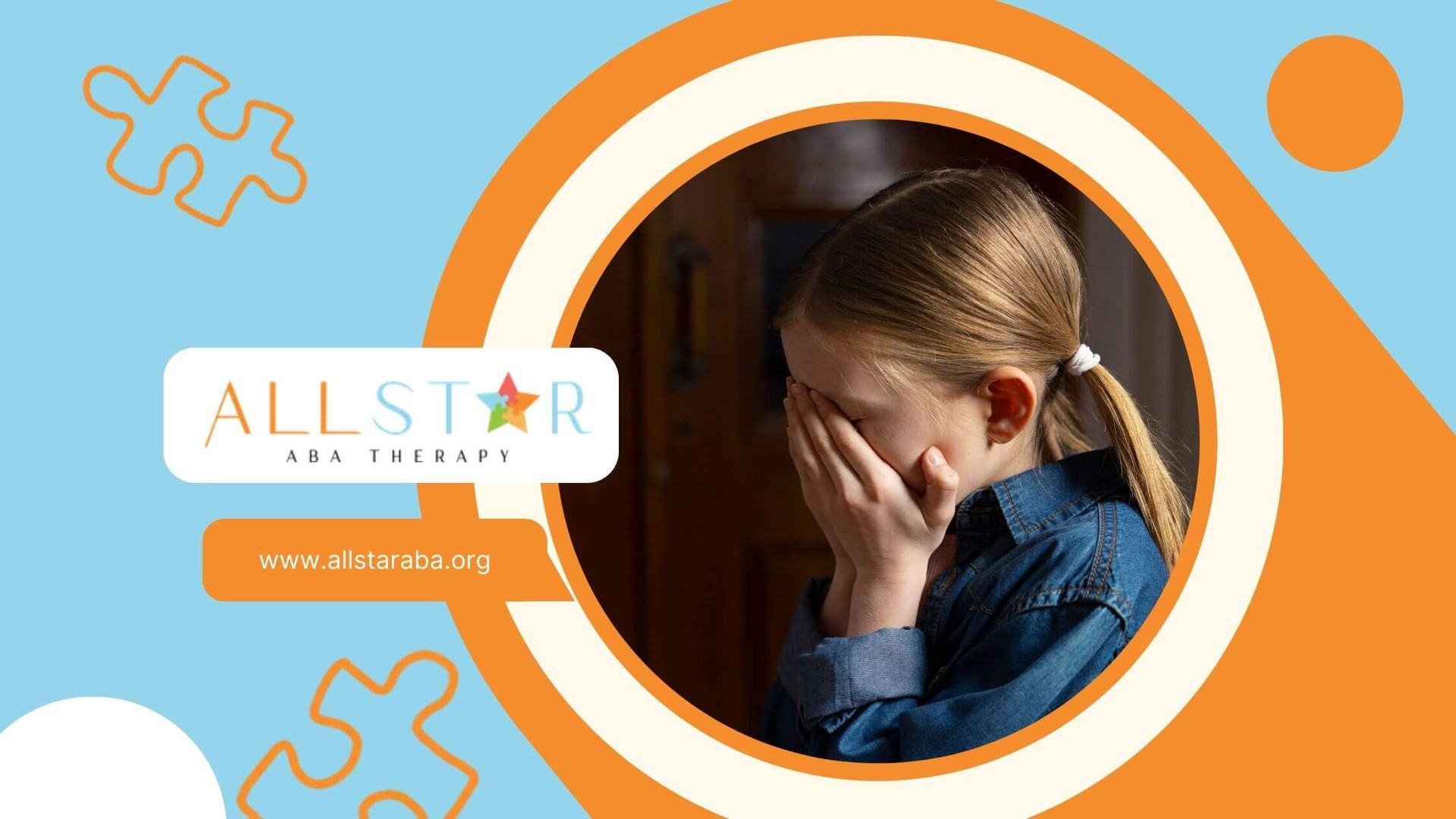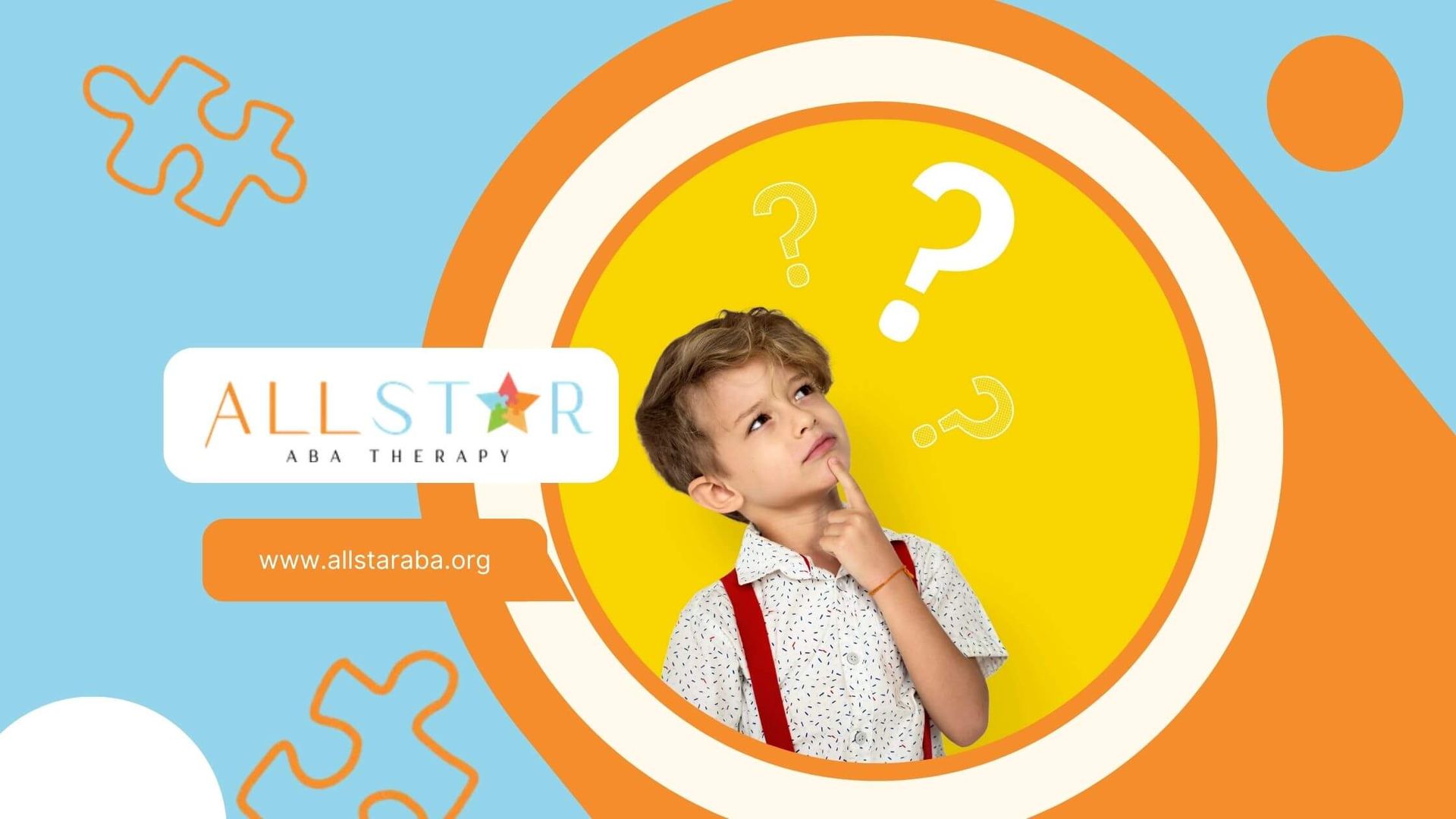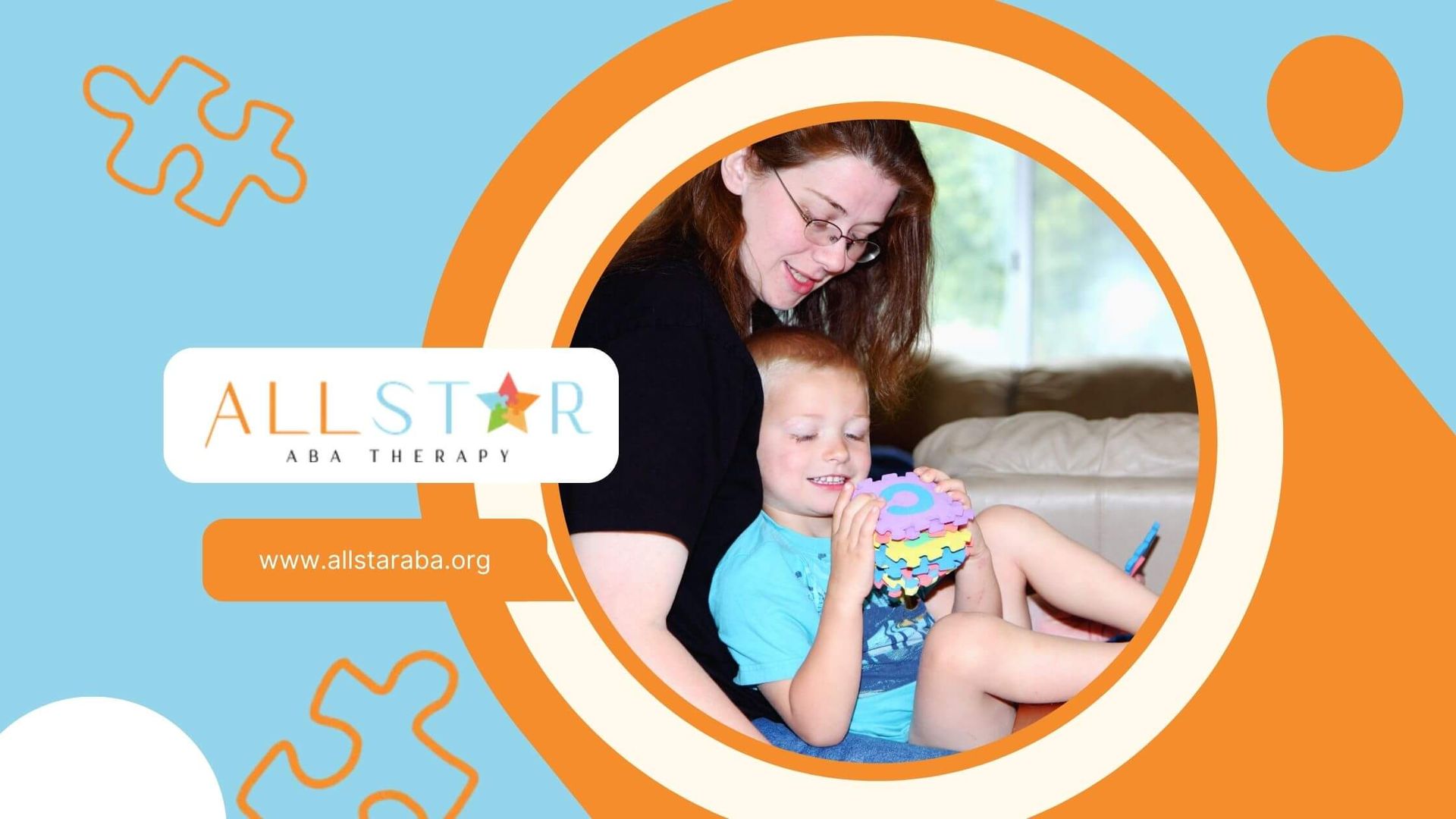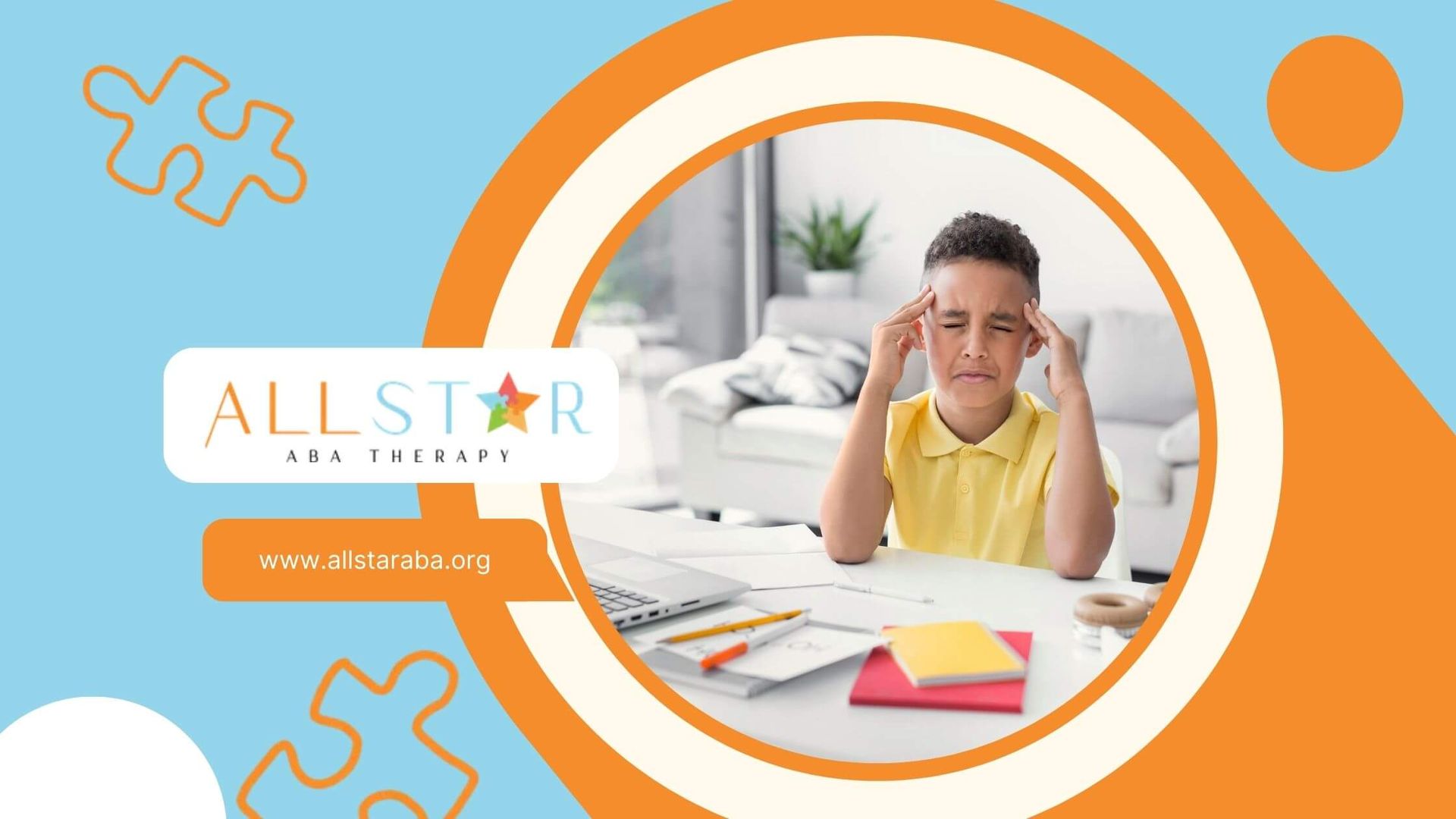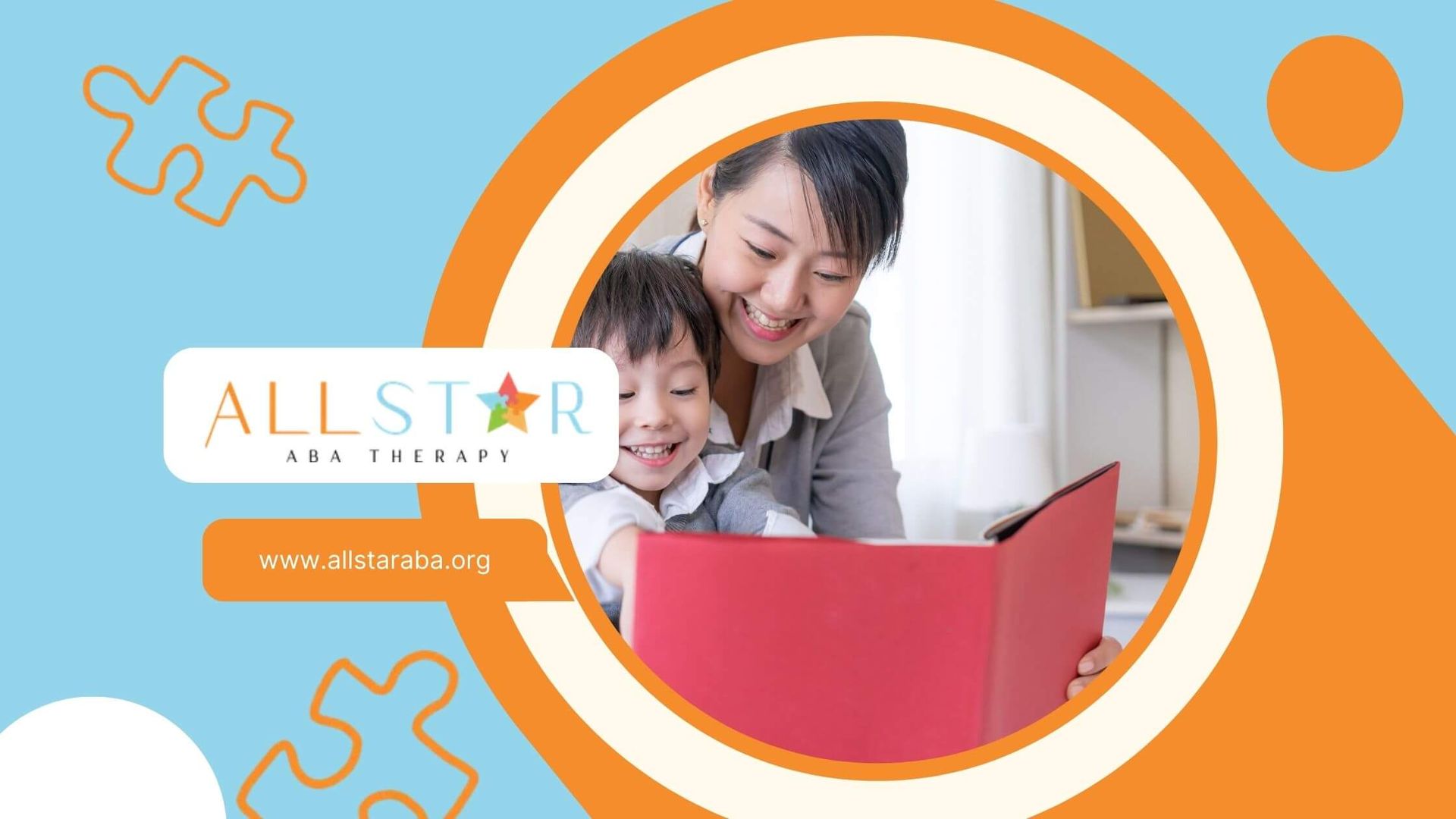New Paragraph
First-Line Therapy for Autism: What Every Parent Should Know
Key Highlights
- Early intervention is crucial for children on the autism spectrum, with evidence showing it leads to better long-term outcomes.
- The first line of therapy for autism spectrum disorder is typically behavioral therapy, especially Applied Behavior Analysis (ABA).
- ABA therapy helps develop positive behaviors, communication skills, and social interaction abilities in pediatric patients.
- Alternatives to ABA, such as the Early Start Denver Model and Pivotal Response Treatment, also offer evidence-based support.
- Family members play a vital role in supporting recommended interventions and therapy choices for developmental disorders.
- Treatment of autism focuses on improving quality of life, targeting essential life skills and individualized goals for each child.
When autism is diagnosed, one of the most important questions parents ask is: Where do we start? The answer often lies in first-line therapies — the initial, evidence-based treatments shown to make the biggest impact.
I remember a young girl named Becca whose first words came during a playful in-home ABA session. She looked up at her mom, smiled, and said “Mama.” We all cried — because those small moments mark giant steps forward.
Why First-Line Therapy Matters in Autism Support
Definition and Importance
First-line therapy simply means the treatment experts recommend starting with. In autism spectrum disorder (ASD), it’s the approach most likely to produce meaningful improvements in communication, social interaction, and independence.
According to the American Academy of Pediatrics, ABA is considered the gold standard for behavioral intervention in autism because it’s backed by decades of research showing measurable outcomes (AAP, 2020).
From my own practice, I remember working with a 2-year-old who barely made eye contact. Six months into structured center-based ABA sessions, she was not only looking at me but initiating “peek-a-boo” games — a huge milestone for her parents.
Who Decides the First Steps?
Collaborative Planning
Treatment decisions are rarely made by one person. Typically, a multidisciplinary team — including developmental pediatricians, psychologists, speech therapists, occupational therapists, and ABA specialists — assesses the child’s skills and challenges. Together with the family, they create an individualized plan.
One parent I worked with described it best: “It’s like having a team of coaches for the same game — but the game is your child’s future.”
Why Early Identification and Intervention Are Critical
Ideal Age to Start
The best window for starting first-line therapies is between 18 months and 3 years old. At this stage, the brain is especially responsive to learning — a concept known as “neuroplasticity.”
According to the National Research Council (2001), children who start behavioral intervention before age 3 show significantly better outcomes in IQ, language, and daily living skills.
Impact of Early Support
I once worked with twin boys diagnosed at the same time — one began ABA within two months, the other had to wait nearly a year due to scheduling issues.
Even though both made progress, the earlier-start twin reached conversational speech much faster and was more comfortable in group play settings.
Applied Behavior Analysis (ABA): The Leading First-Line Therapy
How ABA Works
ABA therapy breaks down complex skills into small, teachable steps. Using positive reinforcement, therapists encourage desired behaviors and reduce challenging ones.
Example: If a child says “juice” instead of screaming, they immediately get juice. This not only meets the need but teaches that communication works better than meltdowns.
Tracking Progress
In ABA, every goal is tracked with data. This helps parents and therapists see if strategies are working — and make changes quickly if they’re not.
According to a 2019 review in Behavior Analysis in Practice, consistent ABA therapy for at least 20–40 hours a week can lead to “substantial and sustained improvements” in language and adaptive behavior.
Other Evidence-Based First-Line Therapies
Early Start Denver Model (ESDM)
Designed for toddlers (12–48 months), ESDM uses play to build communication and social skills. For example, during block building, a therapist might model turn-taking while naming colors.
Pivotal Response Treatment (PRT)
PRT focuses on “pivotal” skills like motivation. If a child loves trains, the therapist might use train play to encourage speech, asking the child to say “go” to start the train moving.
Role of Medications
When Medications Are Considered
Medications for autism are not a first-line therapy themselves but may be added when behavioral interventions aren’t enough for issues like severe anxiety, aggression, or attention difficulties.
According to Autism Speaks, medications are always paired with close monitoring and behavioral strategies — never used in isolation.
Parental and Caregiver Involvement
Why Your Role Is Crucial
Therapy doesn’t stop when the session ends. Parents who apply strategies at home see faster, more consistent progress.
For instance, I taught one family to use a “first-then” board: “First brush teeth, then story time.” Within weeks, bedtime battles dropped by half.
Goals in First-Line Autism Therapies
Communication and Social Skills
- Making eye contact
- Using words or alternative communication
- Playing with peers
Daily Living Skills
- Dressing
- Eating independently
- Following routines
Conclusion
Early, individualized, and family-supported therapy can be life-changing for children on the autism spectrum. ABA remains the most widely recommended first-line approach, but complementary therapies like ESDM and PRT offer valuable options.
When parents, therapists, and healthcare providers work together — and start early — the results can be remarkable.
At All Star ABA, we believe every child deserves the opportunity to thrive. We provide in-home ABA therapy, center-based ABA, and school-based ABA therapy throughout Maryland and Virginia.
Our expert team designs individualized plans that focus on building communication, social, and daily living skills — while supporting the whole family.
Call us today to schedule a free consultation and take the first step toward meaningful progress.
Frequently Asked Questions
What is the most widely recommended first-line therapy for autism in the United States?
Applied Behavior Analysis (ABA) is the most common first choice for autism therapy in the United States. This therapy helps children by using behavior analysis and reinforcement every day. The goal is to make improvements with social skills, talking, and ways to handle daily life. ABA looks at what each person needs and works with them on their goals. It is made to fit their individual needs.
Can non-behavioral interventions be effective as initial treatment options?
Non-behavioral interventions like occupational therapy and speech therapy can work well with traditional treatments. These may not take the place of therapies like ABA, but they can help a lot with specific needs. Using them together with first-line treatments can support overall development and make things better for people.
How is the success of a first-line therapy for autism measured?
The way we check if first-line therapy works for autism is by looking at things like how someone talks, their social interactions, and how they handle daily life. People use regular assessments to track these things. Setting personal goals also helps see how well the treatment is doing. With this approach, changes can be made to the treatment plan to make sure it fits the person’s needs, especially in improving their communication skills.
Sources:
https://pmc.ncbi.nlm.nih.gov/articles/PMC4450669/
https://www.nichd.nih.gov/health/topics/autism/conditioninfo/treatments/medication-treatment
https://www.chop.edu/news/evidence-based-treatment-options-autism
https://www.autismspeaks.org/early-start-denver-model-esdm
https://www.autismspeaks.org/pivotal-response-treatment-prt
Need Support?
We're Here to Help!
Our experienced team is ready to assist you. Reach out today to discuss how we can support your child's development and well-being.
Get started with expert ABA therapy today.



